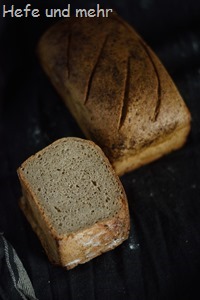 When I asked for suggestions of regional traditional Bread one bread on top of the list of favourites was Gersterbrot. This bread stems from the region around Hanover and Bremen and it is really special as it is flambéd after forming the loaves. This seals the crust and adds dark speckles all over the bread. Both lead to a bread with a hearty flavour and beautiful crisp crust. And it enhances shelf live as well as the thick crust prevents the moisture from evaporating.
When I asked for suggestions of regional traditional Bread one bread on top of the list of favourites was Gersterbrot. This bread stems from the region around Hanover and Bremen and it is really special as it is flambéd after forming the loaves. This seals the crust and adds dark speckles all over the bread. Both lead to a bread with a hearty flavour and beautiful crisp crust. And it enhances shelf live as well as the thick crust prevents the moisture from evaporating.
To flambé the loaf properly I bought a small blazing torch as it develops more heat then a flambé torch. And when I flambéd the bread I took care that the surface below was fire proof! And I had a wet towel near just in case… But everything worked perfectly fine, no kitchen on fire, just a beautiful bread with a fine crumb and the thin crust – just as it has to be!

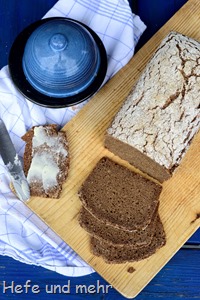 The grandmother of my dearest complained that today you can not get real blackbread anymore. The “modern” one is to moist in her opinion. When I asked how a “real” blackbread should be, she answered: “Just like it once had been”. My argument that I do not know how the bread looked like ninety years back in the past just gained me a critical gaze. But at the end I could get some informations about her childhoods blackbread from her: moist, but not so moist we today, dark and baked with rather fine cracked rye. And my ambitions was aroused to recreate this bread for her.
The grandmother of my dearest complained that today you can not get real blackbread anymore. The “modern” one is to moist in her opinion. When I asked how a “real” blackbread should be, she answered: “Just like it once had been”. My argument that I do not know how the bread looked like ninety years back in the past just gained me a critical gaze. But at the end I could get some informations about her childhoods blackbread from her: moist, but not so moist we today, dark and baked with rather fine cracked rye. And my ambitions was aroused to recreate this bread for her.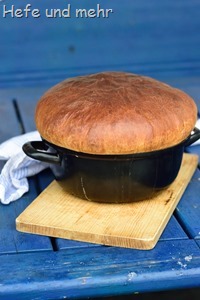 A small part of a comment caught my attention: the word “Pottweck”. I asked for a description and got a very detailed explanation from Jürgen.
A small part of a comment caught my attention: the word “Pottweck”. I asked for a description and got a very detailed explanation from Jürgen. 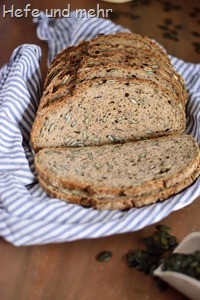 Last November a reader asked for a recipe of a moist spelt bread with high whole grain portion and different seeds. I had an idea for the bread very quickly: With a whole rye sourdough, many pumpkin seeds, some flax seeds and sesame and a good portion whole spelt flour – partly in a water roux for more moisture. But then the
Last November a reader asked for a recipe of a moist spelt bread with high whole grain portion and different seeds. I had an idea for the bread very quickly: With a whole rye sourdough, many pumpkin seeds, some flax seeds and sesame and a good portion whole spelt flour – partly in a water roux for more moisture. But then the 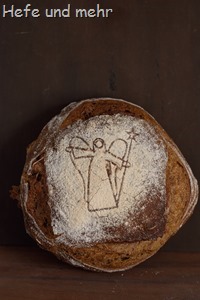 For Christmas everyone likes to serve something special. Here at “Hefe und mehr” we are no exception and this includes bread, of course. This year I decided to go for an elegant variation of my favourite combination: nuts and potatoes. For the festive touch I combined walnuts, hazelnuts and pistachios. These nutty flavours are supported by hints of roasted malt and cacao – just enough to add a deepness to its aroma. The bread is risen by my favourite preferment:
For Christmas everyone likes to serve something special. Here at “Hefe und mehr” we are no exception and this includes bread, of course. This year I decided to go for an elegant variation of my favourite combination: nuts and potatoes. For the festive touch I combined walnuts, hazelnuts and pistachios. These nutty flavours are supported by hints of roasted malt and cacao – just enough to add a deepness to its aroma. The bread is risen by my favourite preferment: 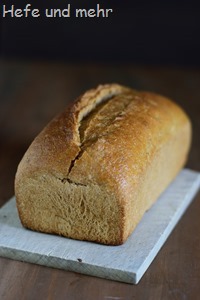

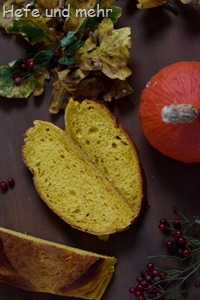 In this year Indian summer lasted long. But now the days are getting shorter and air is chilly when I leave the house in the morning. And when I drive through the range of the hills I can see the first sun rays turning the misty valleys below into golden lakes. It is autumn, finally.
In this year Indian summer lasted long. But now the days are getting shorter and air is chilly when I leave the house in the morning. And when I drive through the range of the hills I can see the first sun rays turning the misty valleys below into golden lakes. It is autumn, finally.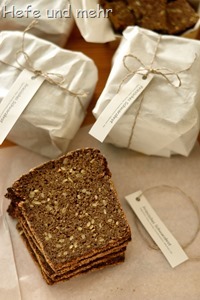 The very first suggestion I got for the post series “regional bread” was East Frisian Black Bread. As I already wrote a recipe for the magazine “
The very first suggestion I got for the post series “regional bread” was East Frisian Black Bread. As I already wrote a recipe for the magazine “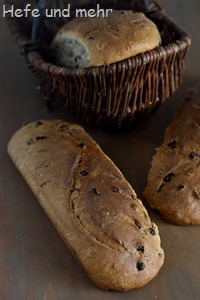 I’m totally thrilled about all the little jewels I meet in range of my “regional bread” series. From
I’m totally thrilled about all the little jewels I meet in range of my “regional bread” series. From